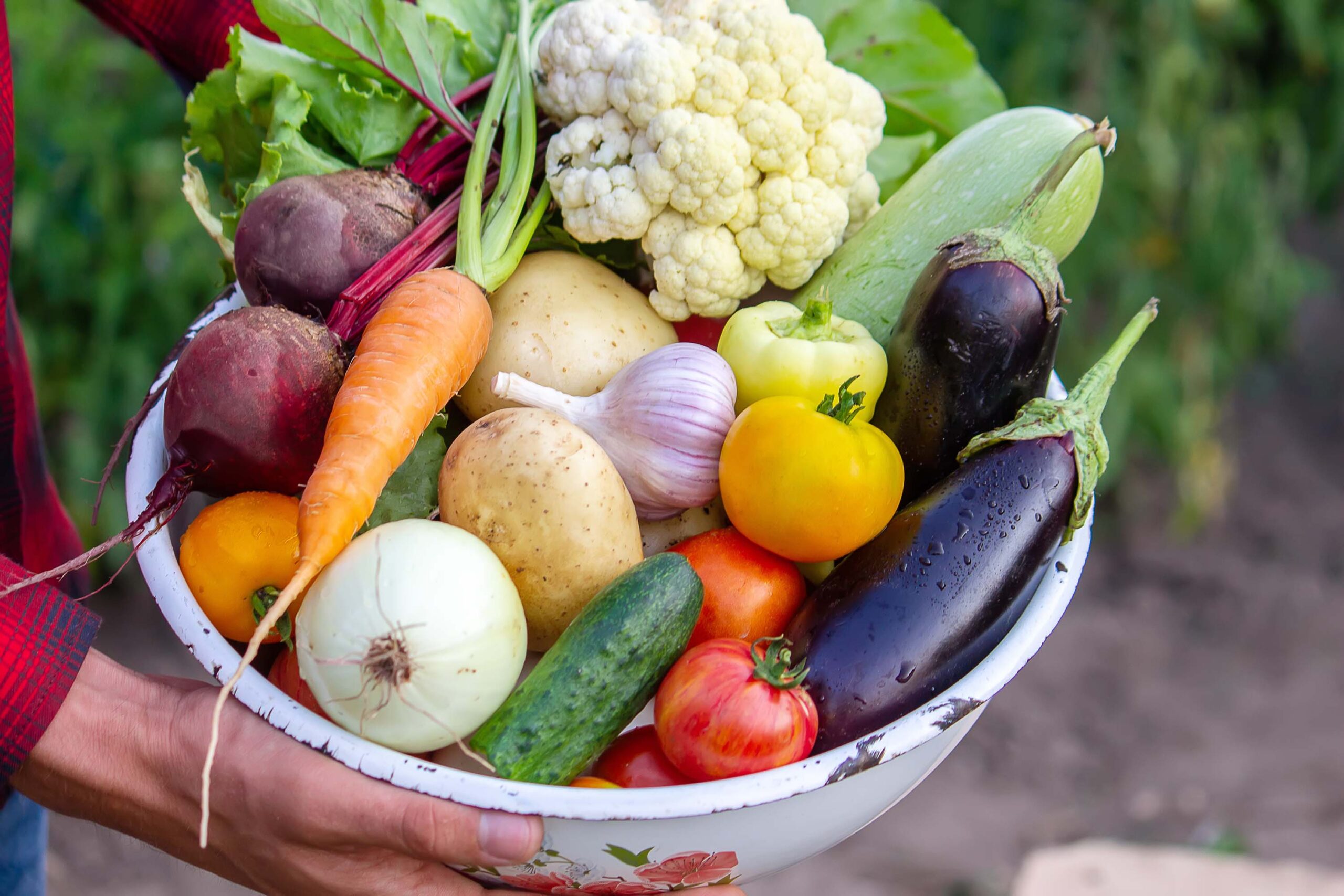What Foods Are OK or Even Life Enhancing for Your Body?
Have you ever noticed how some meals leave you feeling energised and ready to conquer the day, while others seem to weigh you down? What if the foods you eat could do more than simply satisfy hunger—what if they could actively enhance your quality of life? The field of kinesiology provides a unique perspective on this idea, connecting the dots between food and your body’s optimal functioning.
Kinesiology, a holistic approach to health that focuses on the body’s movement and energy flow, pairs beautifully with mindful nutrition. Understanding how these two complement each other can help you make thoughtful, empowering choices for your well-being. This post explores the foods that don’t just “get by” but actively help your body thrive, along with tips to tune into what works for you.
Understanding Kinesiology and Nutrition
What is Kinesiology?
To understand the connection between nutrition and kinesiology, it helps to start with the basics. Kinesiology is a holistic practice rooted in the study of body movement and energy flow. Practitioners use techniques like muscle testing to assess energy imbalances, physical strain, or even emotional stress. This approach sees the body as an interconnected system rather than a collection of isolated parts.
How Does Nutrition Fit Into Kinesiology?
Food is your body’s fuel. Every bite you take impacts energy levels, mental clarity, physical strength, and even emotional balance. Kinesiology emphasises the idea that certain foods can either support or disrupt this harmonious flow. Eating with intention means finding those life-enhancing foods that align with your body’s unique needs and contribute to your overall vitality.
Identifying Life-Enhancing Foods
Not all foods are created equal. Some actively support your body, while others can compromise its natural balance. But how do you identify which foods are more life-enhancing than others?
The Qualities of Life-Enhancing Foods
- Nutrient-Dense
These foods are packed with vitamins, minerals, and antioxidants, making every bite count.
- Whole and Unprocessed
Minimally processed foods retain their natural nutrients and are free from harmful additives.
- Alkalising Properties
Some foods, such as leafy greens and most vegetables and fruits, help maintain an ideal pH balance in the body, which can improve energy and reduce inflammation.
Examples of Life-Enhancing Foods
Here’s a breakdown of food categories that support a thriving body:
- Fruits and Vegetables
Include options like spinach, kale, blueberries, and cauliflower. These are nutrient powerhouses that deliver antioxidants and fibre.
- Healthy Fats
Incorporate avocados, almonds, walnuts, and salmon. These fats support brain health and can help reduce inflammation.
- Whole Grains
Choose quinoa, brown rice, and oats for steady energy levels and vital nutrients like magnesium.
- Proteins
Lean meats, legumes, tofu, and whole grains provide the amino acids your body needs for repair and growth.
- Superfoods
Add in nutrient boosters like chia seeds, spirulina, turmeric, and ginger for extra health benefits.
Avoid or Minimise These
While indulgence is an important part of balance, some foods should be consumed with care.
- Processed foods such as packaged snacks often contain artificial preservatives and lack nutritional value.
- Refined sugars can lead to energy crashes and are linked to inflammation.
- Trans fats and fried foods compromise heart health and add unnecessary strain to your body.
How to Listen to Your Body’s Needs
Understanding which foods resonate well for you is not just about following a list—it’s about learning how to listen to your body’s natural cues.
Pay Attention to Your Body’s Signals
Being mindful of how your body reacts to food can guide you toward better choices.
- Hunger Cues
Eat when you’re hungry and avoid emotional or boredom-driven eating.
- Energy Levels
Notice how certain meals make you feel. Do they leave you energised or lethargic?
- Digestion
Pay attention to signs of discomfort, bloating, or ease in digestion.
Using Kinesiology to Tune Into Your Needs
Practitioners of kinesiology often use muscle testing to identify foods that harmonise with your body’s energy. Although the method is best performed by a trained kinesiologist, you can try simple at-home techniques. For instance, hold a food item in your hand and notice if your body feels stronger or weaker—this subtle feedback can help foster a deeper connection with your needs.
Incorporating Beneficial Foods Into Daily Life
Making life-enhancing foods part of your routine doesn’t mean complicated meal plans or drastic changes. It’s about creating simple, sustainable habits that align with your lifestyle.
Meal Planning for Success
- Balance is Key
Build meals that include protein, healthy fats, and fibre in every sitting.
- Plan a Variety
Rotate your selections to avoid monotony and ensure a broad nutrient intake.
Practise Mindful Eating
- Eat slowly to truly savour each bite and allow your body time to signal when it’s full.
- Eliminate distractions, as eating in front of screens can lead to overconsumption.
- Cultivate gratitude for your food, from its source to your table, to create a positive eating experience.
Practical Tips for Busy Lives
- Batch prepare meals using fresh ingredients you can freeze or store for the week.
- Choose life-enhancing snacks like nuts, carrot sticks, or homemade smoothies instead of processed options.
- Keep nutrient-dense, easy-to-grab foods on hand for when time is tight.
Actionable Tips for Mindful Eating
To start incorporating life-enhancing food into your daily choices, try these easy steps:
- Begin with a balanced, nutrient-rich breakfast each day—think oatmeal topped with fresh fruit and chia seeds.
- Introduce one new life-enhancing food every week to expand your palate and options.
- Use a food journal to track what works best for your body, recording meals alongside energy and digestion notes.
- Consult a professional, such as a kinesiologist or nutritionist, for personalised advice tailored to your needs.
- Practise meal mindfulness by eliminating screens and eating slowly, fostering a deeper connection with your food choices.
Your body is your greatest resource—it works tirelessly to sustain you every day. When you fuel it with foods that resonate and provide value, you set yourself up for a life that feels balanced, energetic, and deeply nourishing. Start small, be consistent, and watch how these choices elevate your overall well-being.


